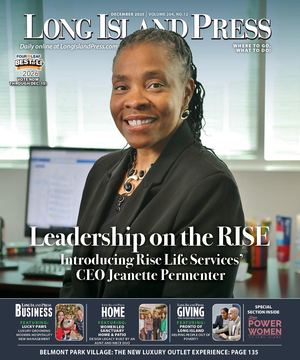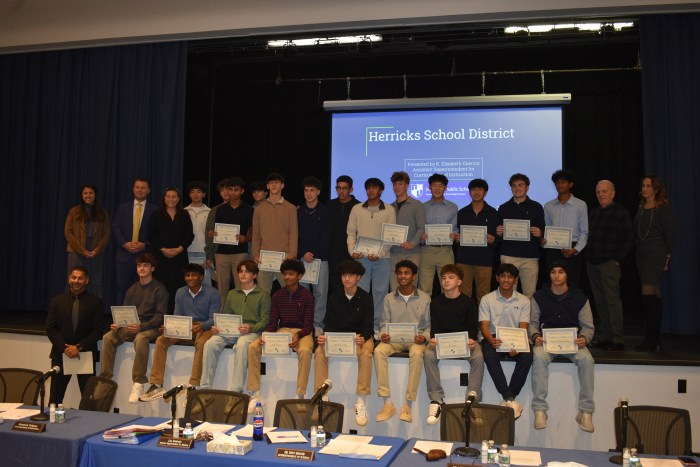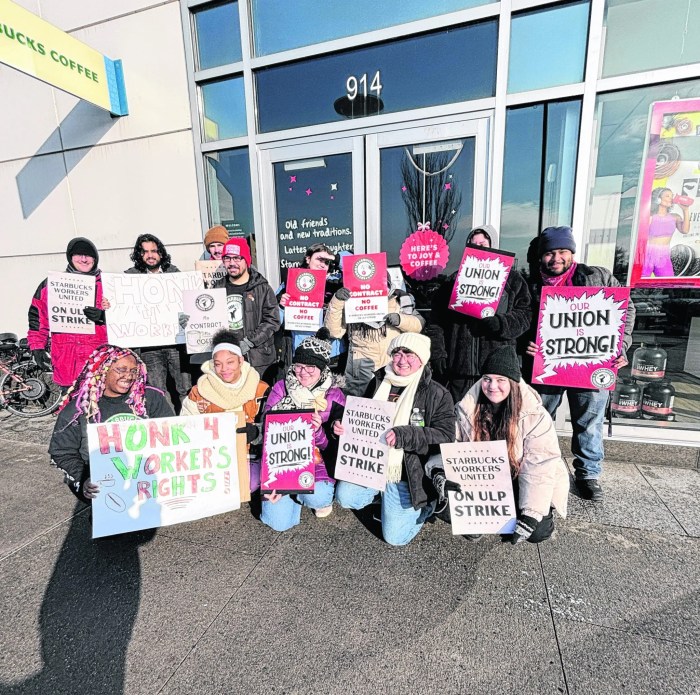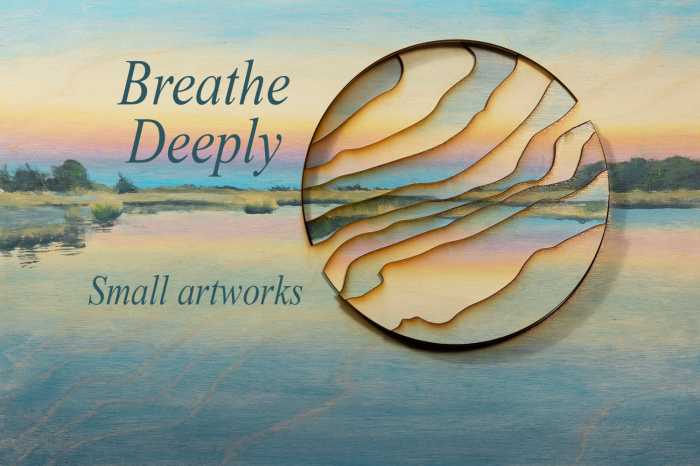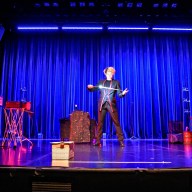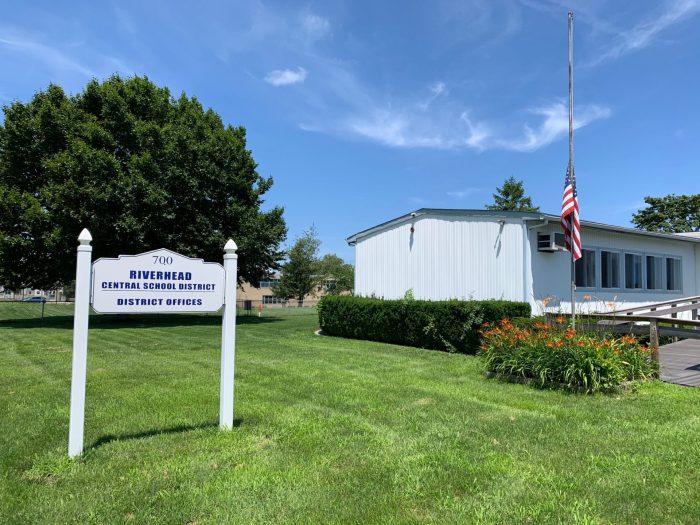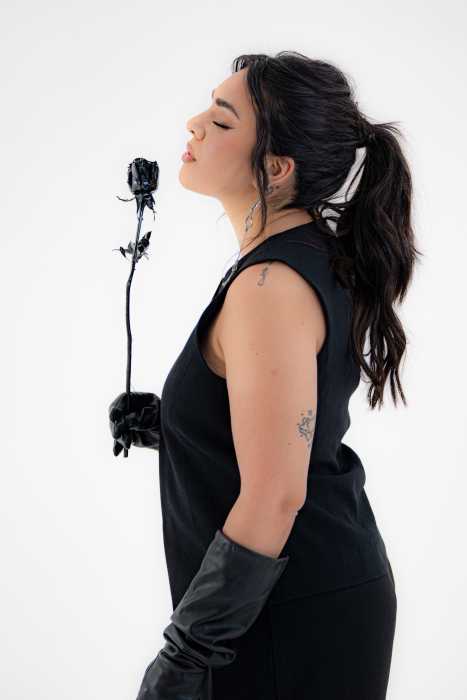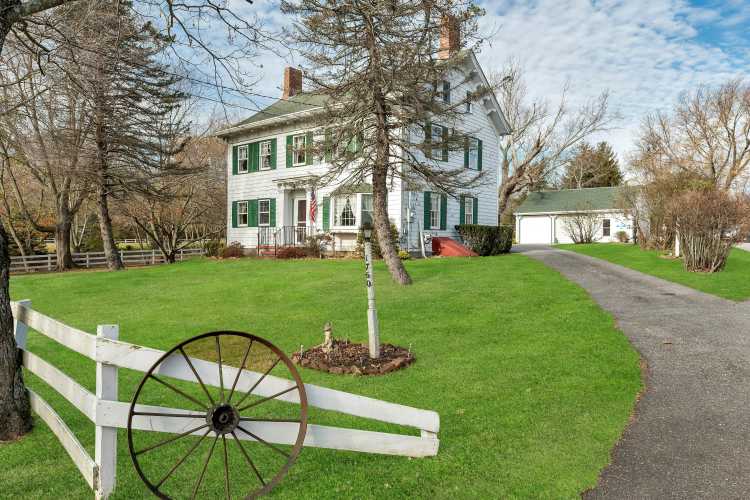Continuing its popular “Meet the Author” series, The Garden City Historical Society will be hosting an illustrated lecture and book signing on Wednesday, May 21. The presentation features Caroline Rob Zaleski, author of Long Island Modernism 1930-1980 which is published by W.W. Norton and is an essential reference for architecture buffs, historians and everyone who lives on or visits Long Island. The book not only highlights the work within Nassau and Suffolk counties of 25 renowned architects, but also, in a master list, inventories 600 listed buildings and their locations. Zaleski will discuss how she came to work on an architectural field survey for The Society for the Preservation of Long Island Antiquities (SPLIA) and how she discovered genuine surprises about Long Island’s recent past. She will show striking archival photographs from her critically-acclaimed book, which is as much a social history as an architectural history about world-renowned architects and the aspirations of their clients who built on Long Island.
The featured architects are founders of American Modernism—for example, Richard Neutra, who designed the Swirbul Library on Adelphi University’s Garden City campus and two houses in Suffolk; Marcel Breuer (Geller Houses in Lawrence); Edward Durell Stone (Conger Goodyear House, Old Westbury); William Lescaze (the Calderone Movie Theatre, Hempstead); I.M. Pei (Roosevelt Field Shopping Center); Paul Rudolph, Walter Gropius and the renowned Frank Lloyd Wright.
In addition to focusing on the work of key figures in twentieth-century architecture, Zaleski’s book is complemented by more than 300 striking archival photographs, specially commissioned new photography, and plans. She documents the development of exurbia (the regions beyond established early 20th Century suburbs) and the rise of visionary structures: residences for commuters and weekenders, public housing, houses of worship, universities, shopping centers and office complexes. She also explains why modernism was embraced by Long Island’s civic, cultural and business leaders during an epoch when open space was prime for development.
Ms. Zaleski’s presentation will emphasize modern buildings as they were originally designed in and near to Garden City. Most notably:
• Richard Neutra’s 1956 Master Plan for Adelphi University and his Swirbul library building (1963), which features a magnificent circular staircase, originally in a bed of greenery, extending from the first to the second floor. Neutra described the stairway as symbolizing “the spiraled ascent to wisdom.” Brian Lym, dean of University Libraries, today cites Neutra’s determination to design a welcoming space that communicated the importance of knowledge, and provides enjoyment from inside the library of carefully designed courtyards with water features. Filled with light, the building continues to offer a sense of contemplation and respect for learning, he adds.
• Endo Laboratories, an enormous and expensive structure built to house a drug manufacturing factory in Garden City, designed by Paul Rudolph. It was a building admired by the architectural press in the early 1960s, but disliked by Robert Moses, the Titan of Long Island’s master planning. He ordered that trees be placed along the Meadowbrook Parkway, so that drivers would not see Endo Laboratories along the way. The interiors in the executive suites were extraordinary, shot full of color and textures, and were, above all, futuristic.
• The legendary and lavish 1954 Calderone Theatre—the second largest movie theater in the East after Radio City in Manhattan—designed by William Lescaze. People came from all over Long Island to see its “Modern as Tomorrow” interiors and to ride the escalators, the first ever in a movie theatre in the United States.
• One of Long Island’s iconic developments, the original Roosevelt Field Shopping Center, from 1954, designed by the young I.M. Pei (famous now for the National Gallery in Washington and work at the Louvre in Paris). Today Roosevelt Field strikes visitors as just another shopping mall. However, at its beginnings, the mall was innovative and artistically and architecturally distinguished. It was America’s largest and most progressive shopping mall, built to be a kind of suburban equivalent to a medieval town square with something for everyone.
The free event takes place at 7:30 p.m. in The Garden City Historical Society Museum on 109 Eleventh St. in Garden City. Guests are invited to chat with the author and enjoy light refreshments following the program. Copies of the book will be available for purchase.
